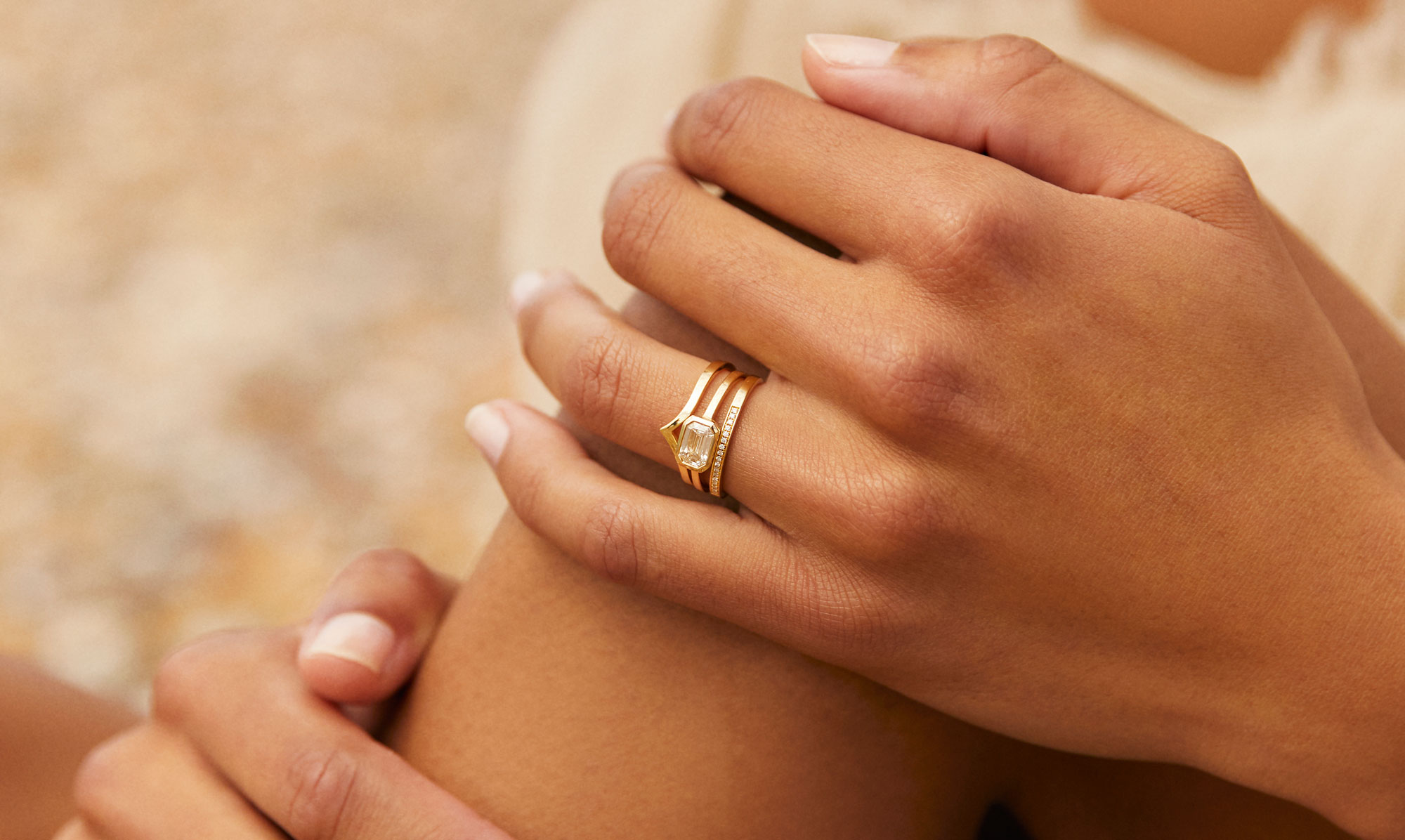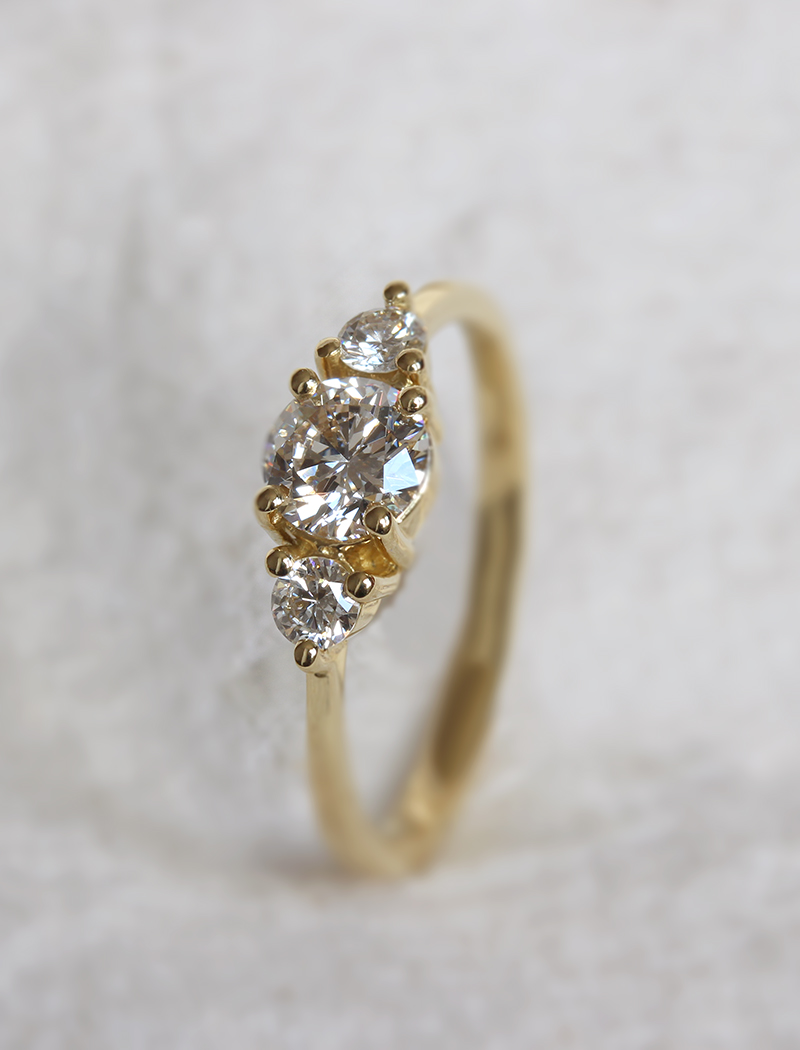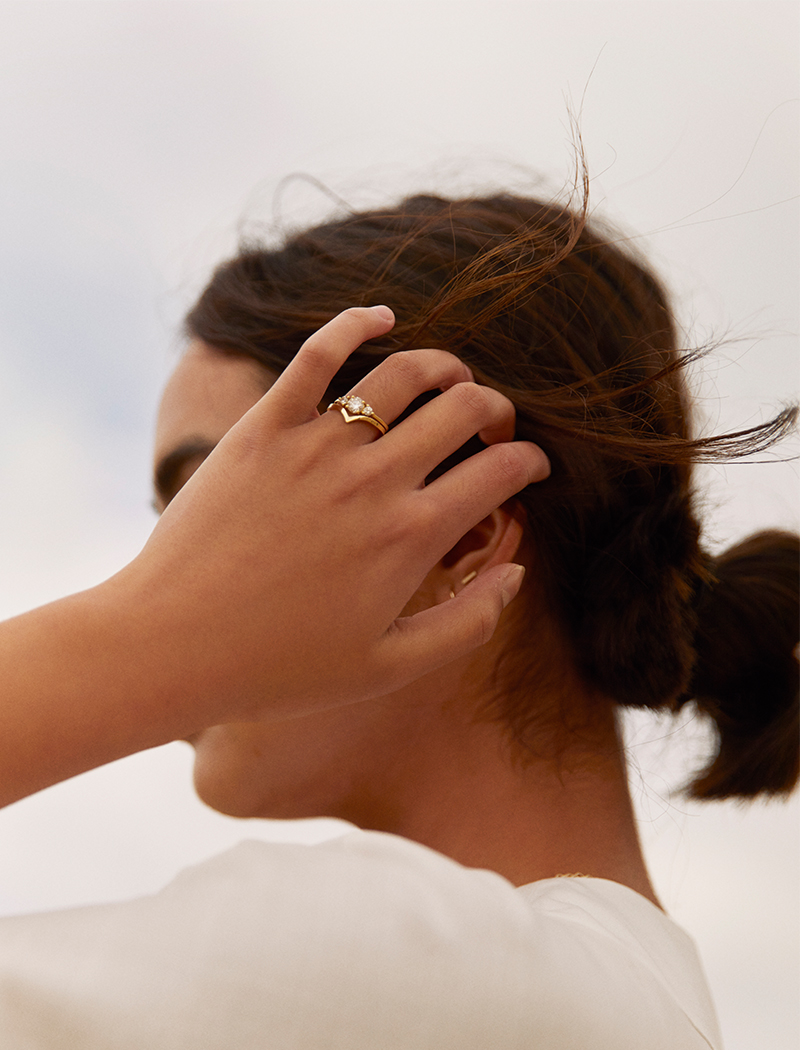As with any new technology questions undoubtedly arise. To help, I’ve answered the five most frequently asked questions I receive from my customers about lab grown diamonds, and why I think they are so exciting!
Technology has transformed every aspect of our lives, offering new alternative solutions and redefining old traditions. Diamonds are no exception. The rising popularity of lab grown diamonds signifies an important change for the industry, however, as with any new technology, questions arise. Here’s what you need to know about lab grown diamonds and why they are worth getting excited about.
Significant research into creating lab grown diamonds began in the 1940’s although it was still some time before they became commercially available in the 1980’s. They have been on the rise ever since.
1. Are they real?
Yes! Lab grown diamonds are physically, optically, and chemically identical to mined diamonds. The only difference between a lab grown diamond and a mined diamond is its origin. A lab grown diamond has the same chemical properties as a mined diamond making the two indistinguishable. However, lab diamonds can have a report number laser inscribed on the girdle (the side) of the stone. This inscription is not visible to the naked eye.
2. How are they made?
There are two common ways to create lab grown diamonds. 1. High pressure high temperate (HPHT) and 2. Chemical vapour deposition (CVD).
Without getting too technical, it all starts with a diamond seed which looks like a tiny slither of diamond. This seed is placed into a chamber where superheated gases are added. The temperature and pressure are carefully controlled and the diamond seed builds up carbon atoms and grows. After a few weeks the diamond is ready and can be cut and polished, transforming it into a beautiful and sparkling stone.
Growing diamonds this way does take a lot of power but one company I discovered recently, Diamond Foundry, grows diamonds with a net-zero carbon footprint by using solar technology and hydro-power. This is really exciting news, especially for the new generation of buyers who are keen to be environmentally responsible.
3. Are they the ethical choice?
Lab grown diamonds are a great option for those looking for an alternative to the traditional mined diamond. They offer the same beauty and incredible sparkle as a mined diamond but are guaranteed to be conflict free. The advanced technology has made it easier for people to shop for diamonds in a more ethical and responsible way.
A note about the mined diamonds I use: The mined diamonds I use come from a very small selection of trusted suppliers who adhere to the Kimberley Process (this aims to prevent the flow of conflict diamonds entering the market) and source in an ethical and environmentally responsible way.
4. How do traditional and lab grown compare on price?
Typically, lab grown diamonds cost between 25%-35% less than mined diamonds. This makes them a great option if you have a specific budget in mind.
Lab diamonds are grown in an extremely controlled environment. This control can result in whiter and cleaner (less inclusions within the stone) diamonds often enabling you to get more bang for your buck!
5. Do lab grown diamonds have resale value?
Similarly to how mined diamonds have a resale value, lab grown diamonds do also. Diamonds very rarely increase in value these days but the evident demand for diamonds means that there is always a market.
The amount you could get back on your diamond, if you were to sell it, depends on a few different factors. When buying a lab grown diamond, ask if the stone comes with a certificate. Paperwork such as a certificate or a valuation can be really helpful when re-selling. I provide a valuation document with every engagement ring and this is where you can find all of the relevant information about your diamond.

Lab grown diamonds are new, exciting and becoming increasingly popular. They offer a modern way for you to purchase diamond jewellery and I am excited to embrace this as an independent jeweller.
In addition to colourless (white) lab grown diamonds, blue, pink, yellow and brown colours are also available. As the technology develops, so too will the colours and hues that can be created. Not only is it possible to source lab grown diamonds, but other precious gemstones too including sapphires, rubies, emeralds, alexandrite and many more.
I hope this has been helpful and equipped you with the information you need when choosing your perfect ring. You can see my favourite lab grown diamond ring I made recently here. If you would like to discuss a lab grown commission, I’d love to hear from you.


